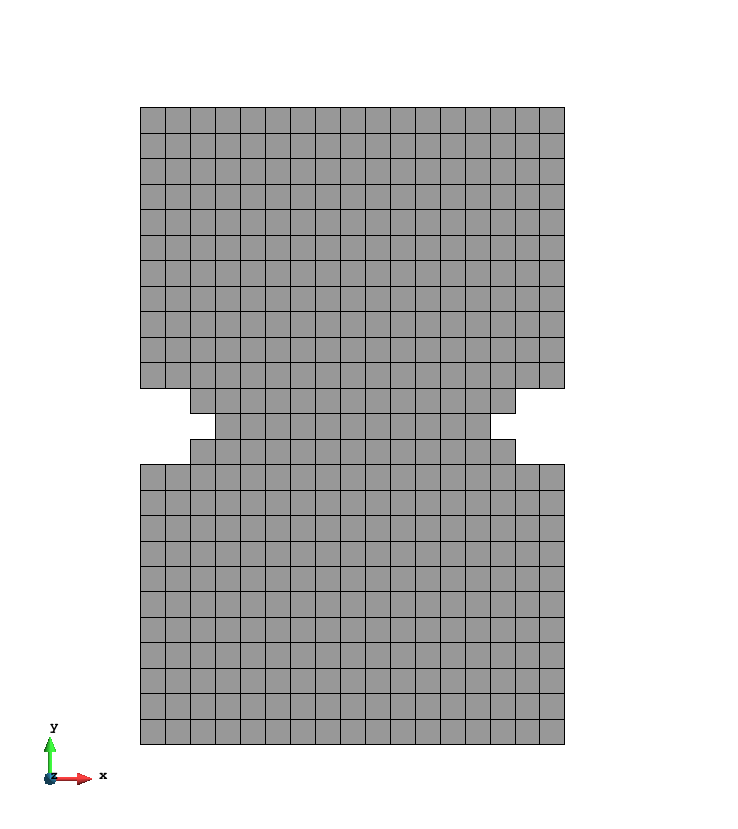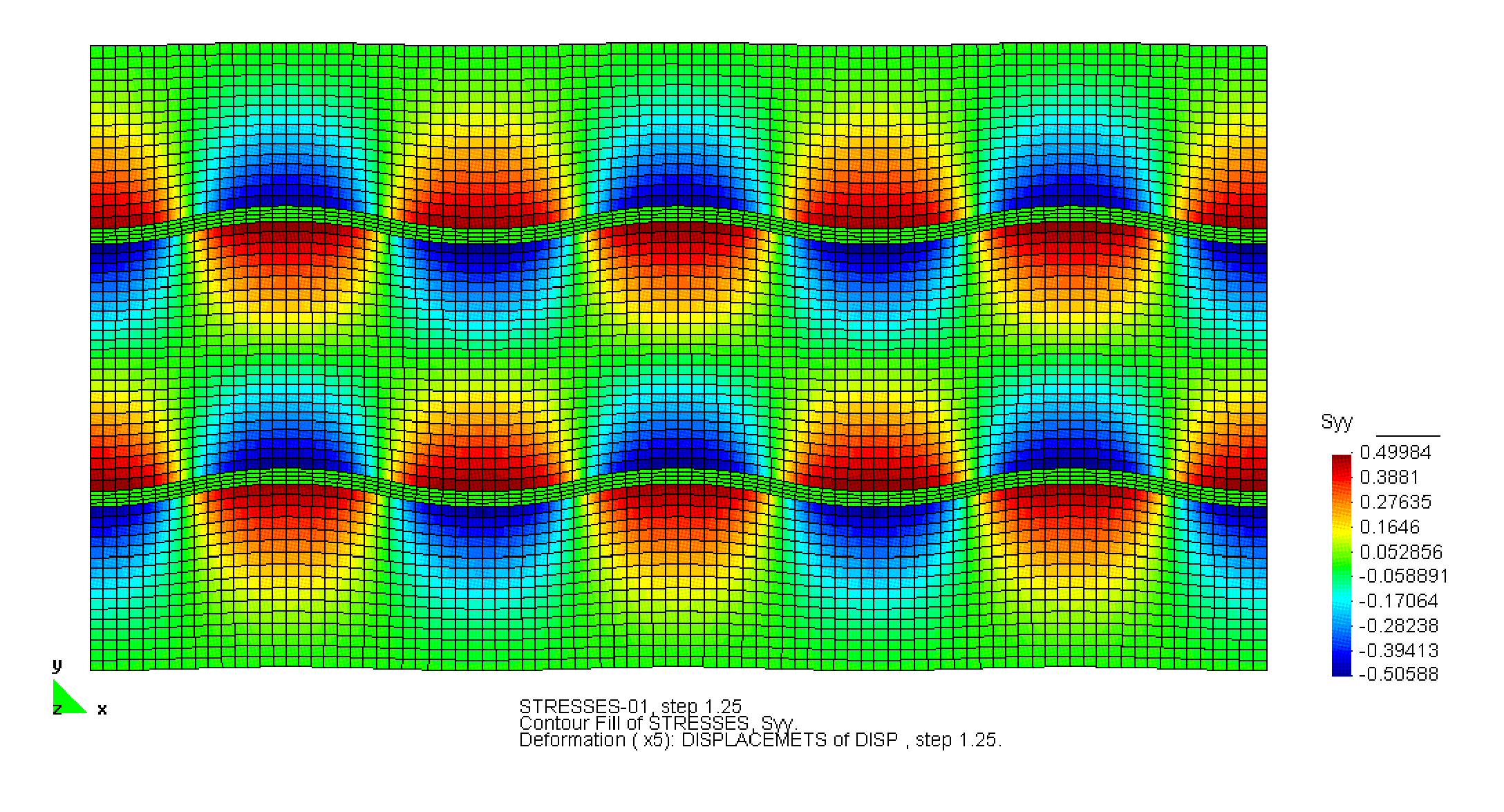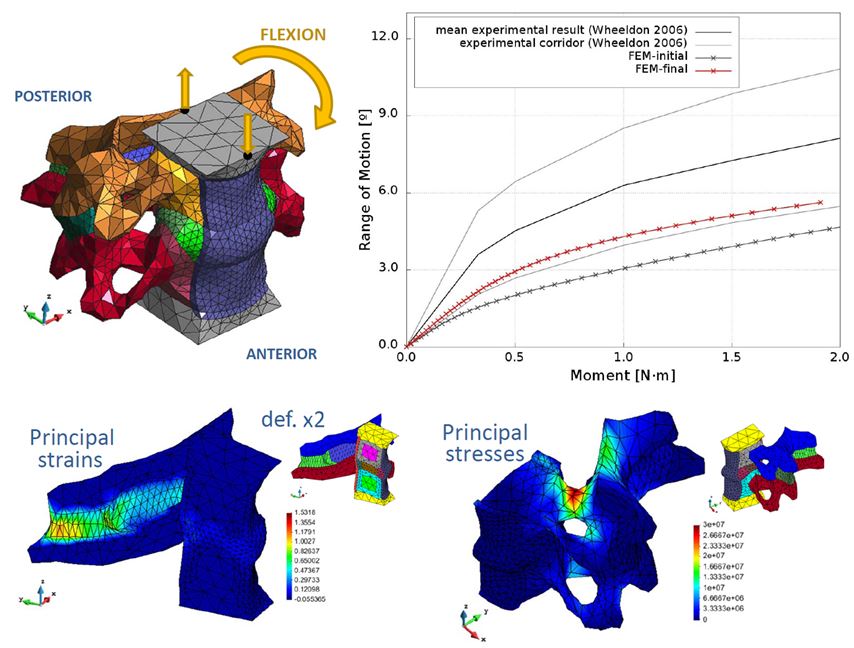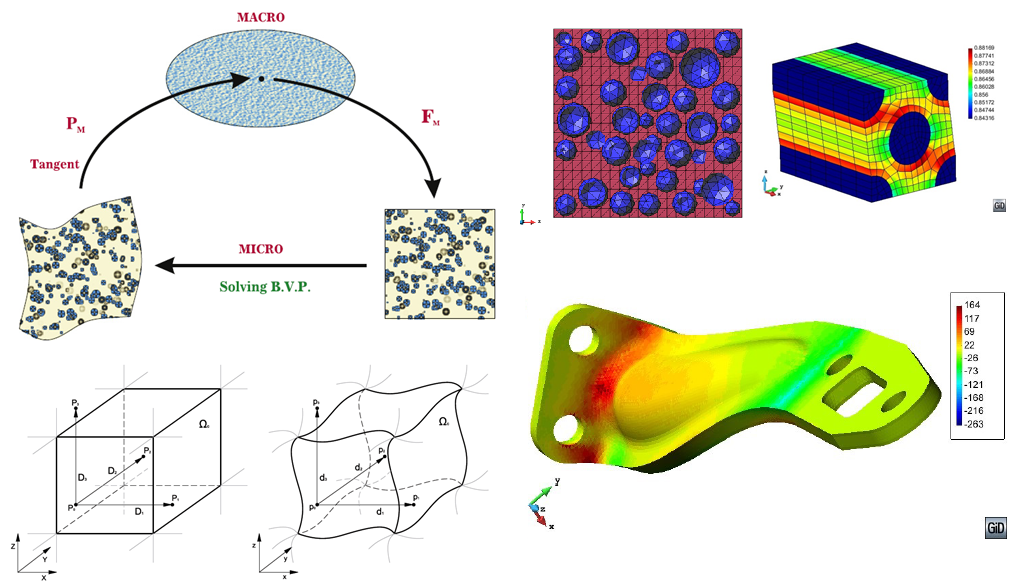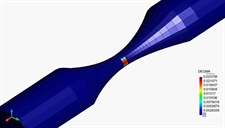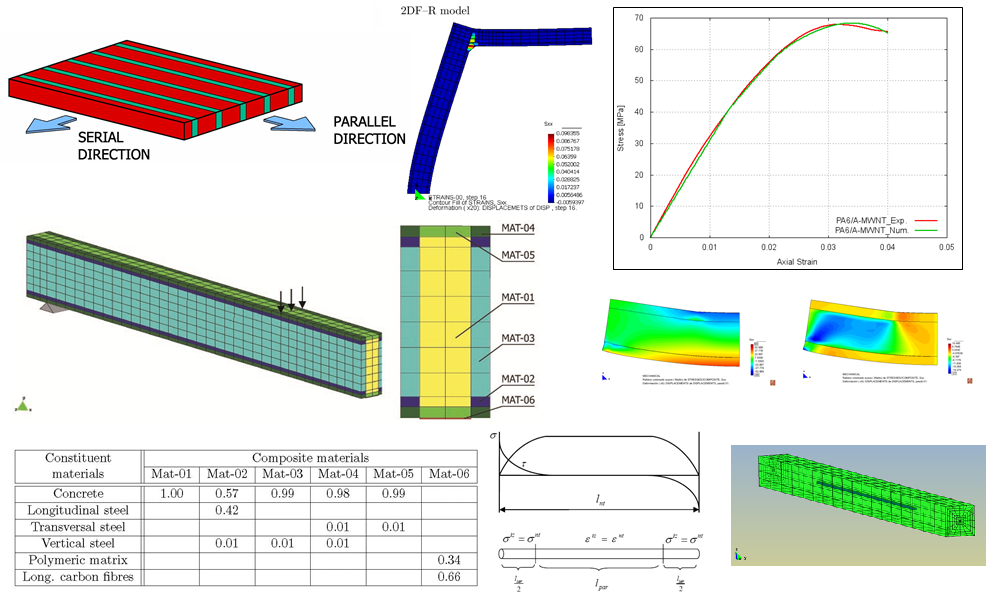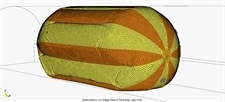|
Numerical Simulation of Fatigue
The fatigue phenomenon is defined more generally in the ASTM E1823 standard as: "the process of permanent, progressive and localized structural change which occurs to a material point subjected to strains and stresses of variable amplitudes which produce cracks which lead to total failure after a certain number of cycles". In this definition it is possible to include all fatigue ranges, from “Ultra Low Cycle Fatigue” (ULCF), to “Low Cycle Fatigue” (LCF) and “High Cycle Fatigue” (HCF). While in HCF failure generally occurs under cyclic loads that do not surpass the material elastic threshold, LCF and ULCF are characterized by levels of stress superior to the elastic limit, habitually generating large plastic strains. Due to the fundamental differences in mechanical behaviour among the three types of fatigue, different constitutive models, based on the coupling of damage and plasticity, are used in each case. |
|

